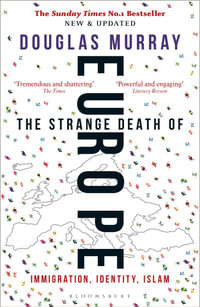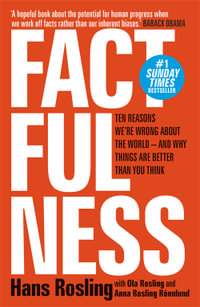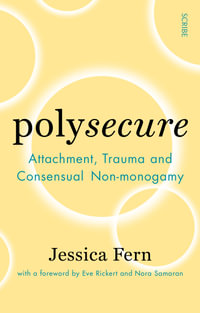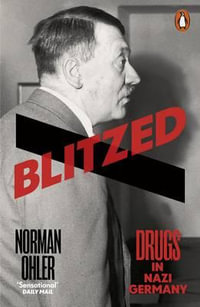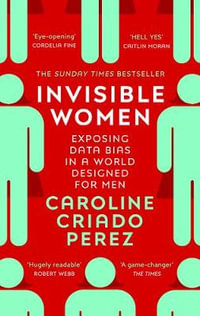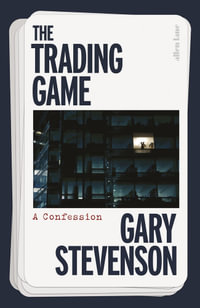
Offenders or Citizens?
Readings in Rehabilitation
By: Maurice Vanstone (Editor), Philip Priestley (Editor)
Hardcover | 1 January 2010 | Edition Number 1
At a Glance
Hardcover
$359.75
Aims to ship in 15 to 25 business days
When will this arrive by?
Enter delivery postcode to estimate
The punitive prison currently dominates the practice of Anglo-American criminal justice, stigmatising its victims as perpetual ''offenders'' and failing to change a majority of them for the better. Books of academic ''readings'' sometimes profess neutrality over the controversies they invigilate. Offenders or Citizens? sits on no such fences, its pages reflect the fiercely partisan nature of the contest between rehabilitation and punishment. Probation, social work, youth justice, law, corrections, criminology, journalism, philosophy, politics, popular culture, psychology, anthropology, and sociology â" the voices of participants, professionals, and writers from many realms are all represented in this lively selection. Its aim - to stimulate and furnish a debate about the proper place of rehabilitation within a plural, morally defensible, and effective response to crime.
This book will be essential reading for both students and practitioners within criminal justice, who have an interest in the rehabilitation of convicted individuals, and providing an essential broader context to the ''what works'' debate.
Industry Reviews
ISBN: 9781843925309
ISBN-10: 1843925303
Published: 1st January 2010
Format: Hardcover
Language: English
Number of Pages: 346
Audience: General Adult
Publisher: Taylor & Francis Ltd
Country of Publication: GB
Edition Number: 1
Dimensions (cm): 24.6 x 17.4 x 3.18
Weight (kg): 0.84
Shipping
| Standard Shipping | Express Shipping | |
|---|---|---|
| Metro postcodes: | $9.99 | $14.95 |
| Regional postcodes: | $9.99 | $14.95 |
| Rural postcodes: | $9.99 | $14.95 |
How to return your order
At Booktopia, we offer hassle-free returns in accordance with our returns policy. If you wish to return an item, please get in touch with Booktopia Customer Care.
Additional postage charges may be applicable.
Defective items
If there is a problem with any of the items received for your order then the Booktopia Customer Care team is ready to assist you.
For more info please visit our Help Centre.
You Can Find This Book In
This product is categorised by
- Non-FictionSocial Services & WelfareCrime & CriminologyOffendersRehabilitation of Offenders
- Non-FictionSocial Services & WelfareCrime & CriminologyPenology & Punishment
- Non-FictionSocial Services & WelfareSocial Welfare & Social ServicesSocial Work
- Non-FictionSociety & CultureSocial GroupsEthnic Studies
- Non-FictionSociology & AnthropologySociology
- Non-FictionLawLaws of Specific JurisdictionsCriminal Law & ProcedureCriminal ProcedureSentencing & Punishment
- Non-FictionSocial Services & WelfareCrime & CriminologyCauses & Prevention of Crime
- Non-FictionSociety & CultureSocial Issues & Processes
- Non-FictionLawLaws of Specific JurisdictionsCriminal Law & ProcedureCriminal Justice Law



